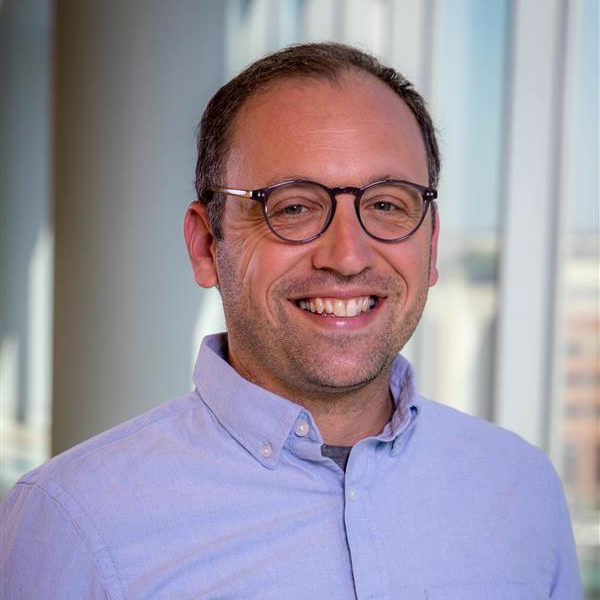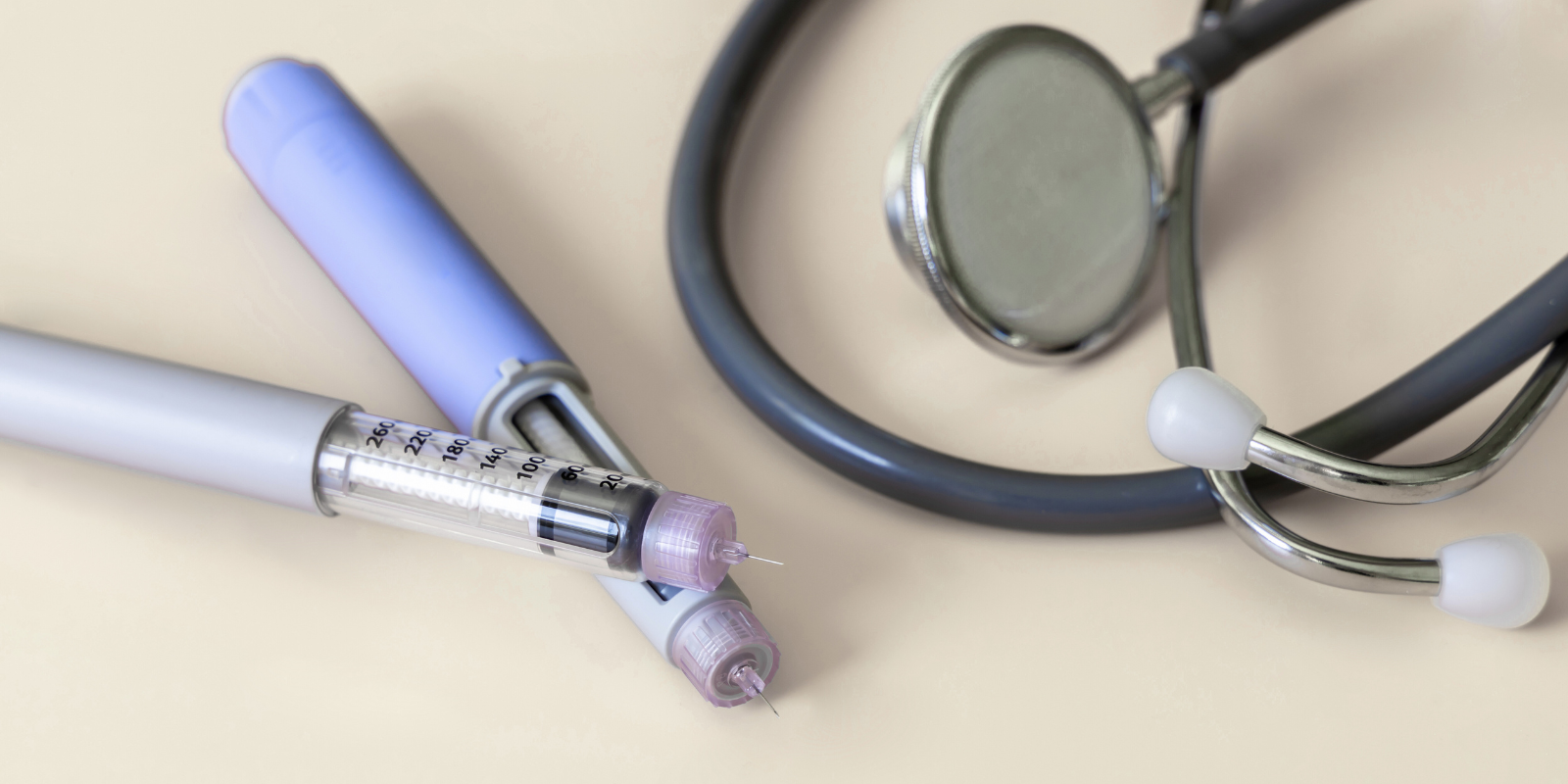How did you learn about the HEALing Communities Study and get involved in it?
The National Institute on Drug Abuse announced it would commit about $350 million across three to four different states to do a large, community-engaged implementation study that aimed to reduce overdose deaths by 40% in five years, which was very ambitious. At the time, I was in Boston. As an early-stage investigator, I was integrated with a group of mentors and collaborators that was well-positioned to do this type of study, so when the request for applications came out, we applied.
For the communities that were selected to participate, one of the requirements was they had to have an overdose rate of 25 deaths per 100,000 people, which was incredibly high. The 67 selected communities were highly impacted by the opioid crisis, with a mix of rural communities as well.
Over the years, there have been somewhere around 400-500 investigators and collaborators who have taken part in various aspects of the study, along with innumerable community partners. My roles included helping write the grant, present and work with communities, and lead a team to do the economic analysis and modeling.
The article says the research consortium designed a ‘Communities That HEAL’ (CTH) intervention. What did that look like?
Once we got started, we had to ask: How do we pull states together to come up with a harmonized community intervention? And how do we build a new framework for implementation at the community level when it comes to overdose reduction? We decided to adapt an existing framework and develop the CTH.
The entire study was done in partnership with our communities and the implementation was community driven, but communities had to implement evidence-based interventions. Three interventions that we know reduce opioid deaths, in no particular order, are: safer prescribing, overdose education and naloxone distribution, and medications for opioid use disorder. It’s not to say that there aren’t others, but these are the three evidence-based intervention buckets that have substantial evidence behind them.
Obviously, there are different ways that those interventions can be implemented. How we implement these strategies — that’s what we were charged with along with our communities. What will work best for a given community was the crux of this intervention.
You said this study was community driven. How so?
Each community formed a coalition. The coalition included people from across the spectrum, such as harm reductionists, police officers, elected officials, hospital executives, and people with lived experience with opioids. There was no restriction. People formed the coalition that was best for their community.
Every community coalition received a budget and a menu of options they could choose from with strategies that fell within those three evidence-based intervention buckets. But what they did within those buckets could be tailored to the unique needs of their community. For example, one community determined they needed to distribute naloxone at a pier — they called it “peer to pier” — because a lot of fishermen and people on the coast were struggling. Conversely, a few different communities that were more inland decided they needed a mobile unit to distribute medications for opioid use disorder.
Each state also conducted communications campaigns to raise awareness and reduce stigma, whether it be through billboards, social media, or the radio.
The intervention launched in January 2020. How did the COVID-19 pandemic affect the study?
This was hard. When it comes to the community engagement process, it’s hard to supplement in-person events. Our process had to rapidly adapt and, as resources got pulled in from health departments, there became more limited personnel and resources for our study. It stretched thin the resources that were available, and it made the process more difficult.
Because of the pandemic, the study’s intervention period was extended, because there was no way to do this process in this shortened time period. It was already a crunched timeline without the COVID-19 pandemic. Study leadership as well as NIDA leadership saw the need to adapt to the restrictions of the pandemic.
At the same time, we can’t forget that fentanyl usage skyrocketed. Although some communities had already been grappling with fentanyl for a while, it wasn’t quite as ubiquitous as it is now. The expansion of fentanyl was a game changer, and not in a good way. When you have something that is so much more potent than other opioids, you need an intervention that is more potent as well. So, the combination of the pandemic and the explosion of fentanyl likely impacted the effectiveness of the intervention.
What were your main takeaways from this research and its findings?
The study’s results were not what we hoped. We wanted to see an effect. However, there are lessons here. The first is one that I hope all scientists keep in mind — that we should not be doing science that is simply confirmatory of our hypotheses. The difficult questions are the ones worth going after. That’s what moves the needle. Maybe it was overly ambitious to say that this would reduce overdose deaths by 40%, but given the state of overdose in the U.S., we have to take big swings.
Second, our study doesn’t mean these interventions won’t work in communities. I firmly believe that if the study had a seven-year time period or a 10-year time period, where full implementation of community-driven, evidence-based practices could be realized, then I believe we would have hit the outcome.
Today, if somebody said, ‘Josh, we’ve got $100 million to spend in Colorado to reduce opioid overdose deaths by 40%. What would you do?’ I would take this framework and adapt it here. I would do this in every county, and I’d try to implement it over a longer time horizon. I bet it would work. This intervention is still worth trying to implement elsewhere and under different circumstances — without a pandemic — because it is adaptable to the community.
What do you think are the next steps for research on this issue?
Involving other stakeholders in our research is the next phase of translational research. We often talk about translational research being from bench to bedside, meaning that we translate research done in a lab to clinical practice. I believe that the next phase — or the equally important phase — is the translation to policy, to funding, to law, and to community change.
When we silo interventions and decisions just to the scientific community, we miss an opportunity to involve policymakers, lawmakers, people with lived experience, and community organizations. The only way that we can really translate our science is if our end-users are involved in the process.
Historically, from the community member perspective, researchers generally have not been very good at community engagement, and we make a lot of mistakes. I certainly have made mistakes in this process. I think that this study is a first step in how to involve large communities into research that moves the needle on generational issues like overdose.





